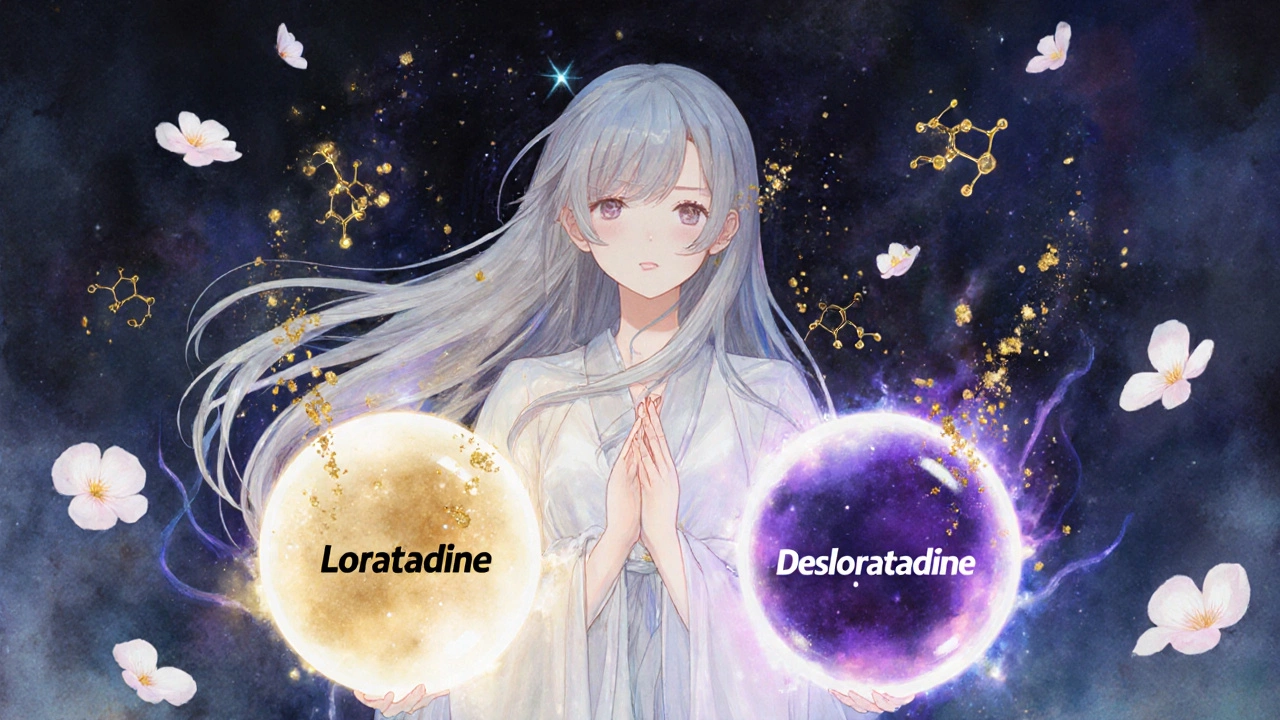Loratadine: What It Is, How It Works, and What You Need to Know
When your nose runs, your eyes itch, or your throat feels tight from seasonal pollen or pet dander, loratadine, a second-generation antihistamine used to treat allergic symptoms. Also known as Claritin, it’s one of the most widely taken allergy meds in the world because it works without making you sleepy. Unlike older antihistamines like diphenhydramine, loratadine doesn’t cross the blood-brain barrier easily, which is why most people stay alert after taking it. It’s not a cure—it blocks histamine, the chemical your body releases during an allergic reaction—and that’s enough to calm sneezing, runny nose, and itchy skin.
Loratadine is often used for allergic rhinitis, inflammation of the nasal passages triggered by allergens like dust, mold, or pollen, and chronic urticaria, long-term hives that last more than six weeks. It’s also found in combination products with decongestants like pseudoephedrine, but if you’re just dealing with itching or sneezing, plain loratadine is usually all you need. You won’t find it listed in posts about skin infections like eczema or poison ivy—those are different problems. Loratadine helps with allergic skin reactions, not infections. It’s not a steroid, not an antibiotic, and won’t fix a cold. But if your symptoms come from your immune system overreacting to something harmless, it can make a real difference.
People often wonder how it stacks up against other allergy pills. Zyrtec (cetirizine) works faster but can cause drowsiness in some. Allegra (fexofenadine) is similar to loratadine but may be less effective for some. Claritin (loratadine) is cheap, widely available, and safe for most adults and kids over two. Still, if you have liver disease, you might need a lower dose—your body clears it slower. And if you’re taking other meds, like certain antibiotics or antifungals, check with a pharmacist. Interactions aren’t common, but they can happen. The posts below cover how medications and supplements interact, how aging changes how your body handles drugs, and even how antihistamines like azelastine work on the skin. You’ll find real talk on what works, what doesn’t, and what to avoid. No fluff. Just what you need to know before you take another pill.

